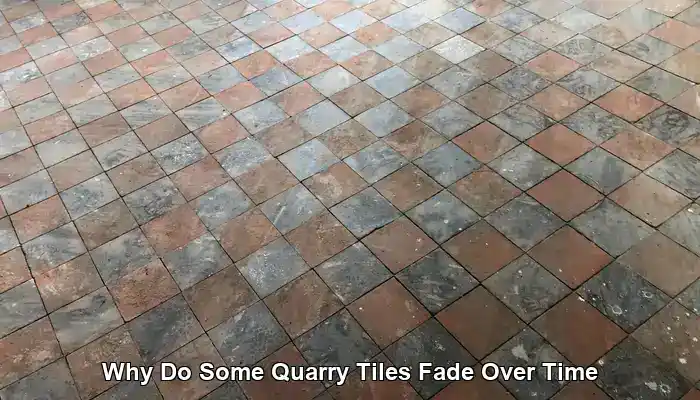
Quarry tiles are highly regarded for their remarkable durability, earthy aesthetics, and timeless charm, making them a popular choice for both residential and commercial spaces. These dense, unglazed ceramic tiles are specifically designed to endure heavy usage and challenging conditions, whether they enhance the rustic appeal of a kitchen or provide a warm atmosphere to an outdoor patio. However, despite their sturdy build, many homeowners and property managers report a gradual fading of color over time, which can create an uneven and stark appearance. This phenomenon can be confusing, particularly when tiles that once displayed vibrant shades of reds, warm browns, or rich terracotta begin to adopt a washed-out, patchy, or dull look.
The fading of quarry tiles goes beyond mere aesthetics; it can indicate deeper issues related to wear, environmental stressors, or chemical damage. Outdoors, these tiles endure constant exposure to natural elements—such as rain, frost, and temperature changes—that can gradually wear down their surface. The freeze-thaw cycle is particularly damaging, leading to micro-cracks and surface spalling that reveal lighter inner layers with coarser textures. Indoors, the challenges differ but are equally complex. High foot traffic gradually erodes the tile's pigmented surface, exposing the inner body, which typically consists of larger particles and varying mineral hues. This natural layering means that once the surface is compromised, the color and texture can shift dramatically, resulting in a less attractive appearance.
In addition to physical wear, exposure to chemicals plays a significant role in the fading process. Harsh cleaning agents, especially those containing acidic or alkaline ingredients, can damage sealers and wear away protective coatings. Over time, this degradation leaves the tile susceptible to staining, efflorescence (the formation of salt deposits that lighten the surface), and the accumulation of dirt in new pits and scratches. These combined factors contribute to a faded, uneven look that detracts from the tile’s original allure and visual appeal.
Understanding the reasons behind the fading of quarry tiles is essential for preserving their unique character and extending their lifespan. In this thorough article, we will delve into the environmental, mechanical, and chemical factors that lead to fading—both indoors and outdoors—and provide actionable tips for prevention and restoration. Whether you are caring for a historic floor or simply want to maintain your tiles in excellent condition, this comprehensive guide will assist you in grasping the intricate science behind quarry tile wear.
Expert Tips for Effectively Maintaining Your Quarry Tiles
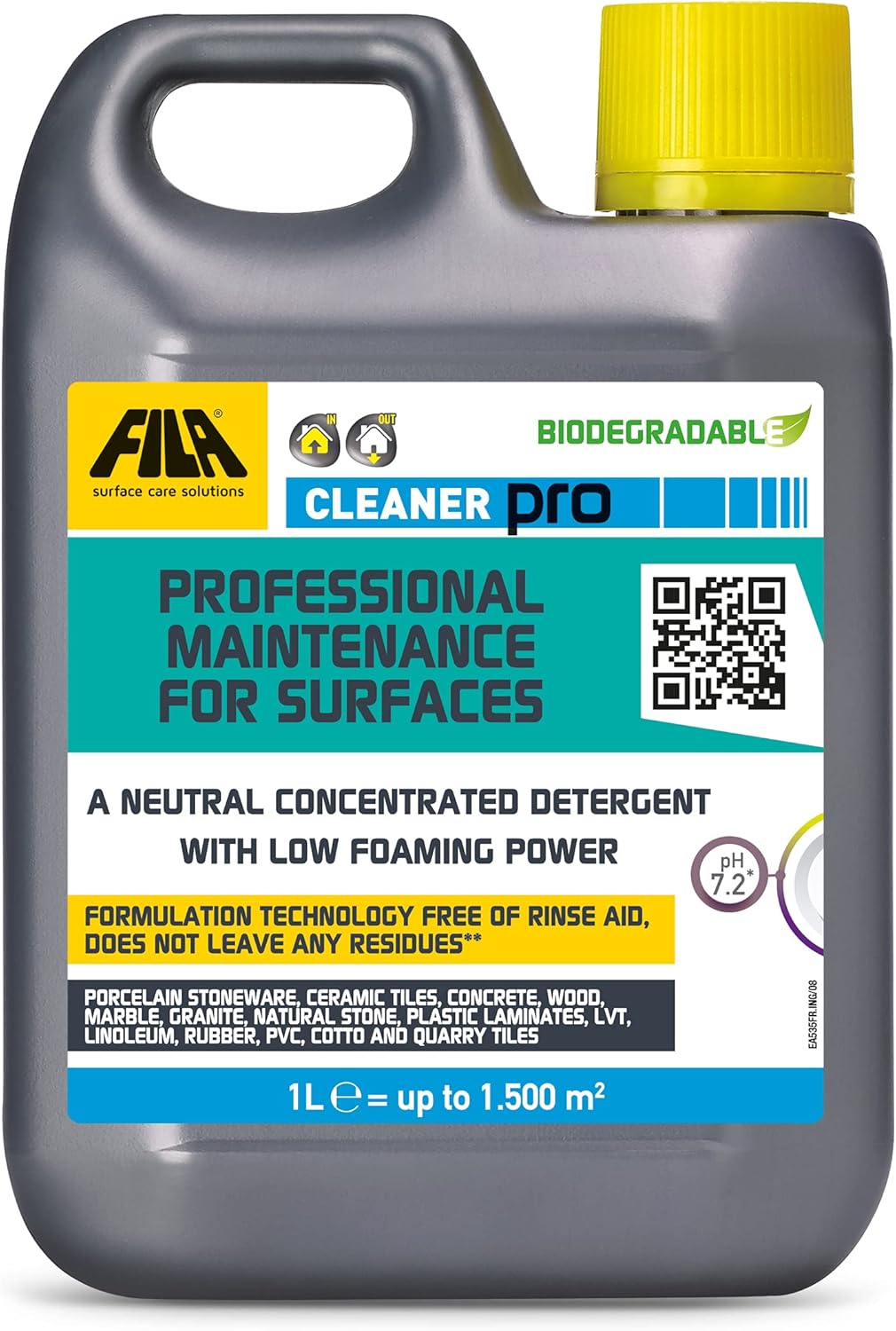
Fila Pro Floor Cleaner
|
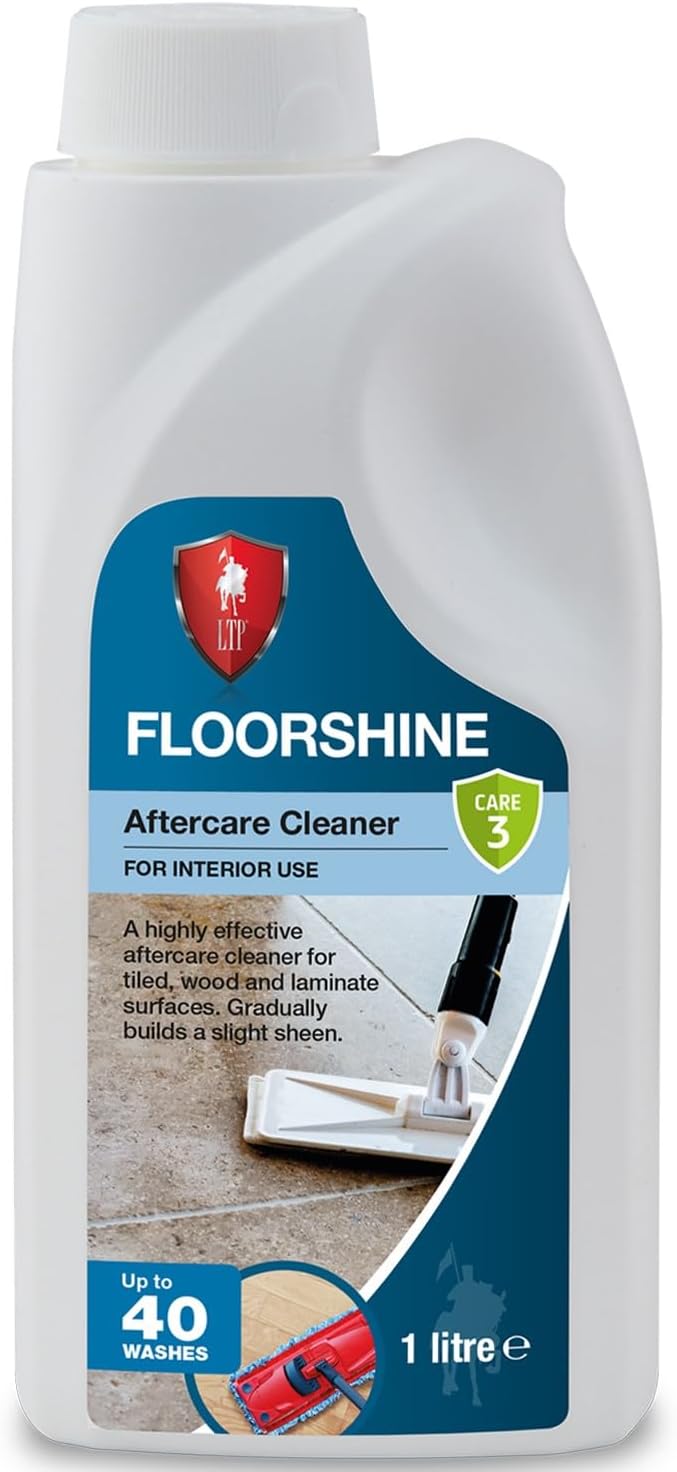
LTP Floorshine
|
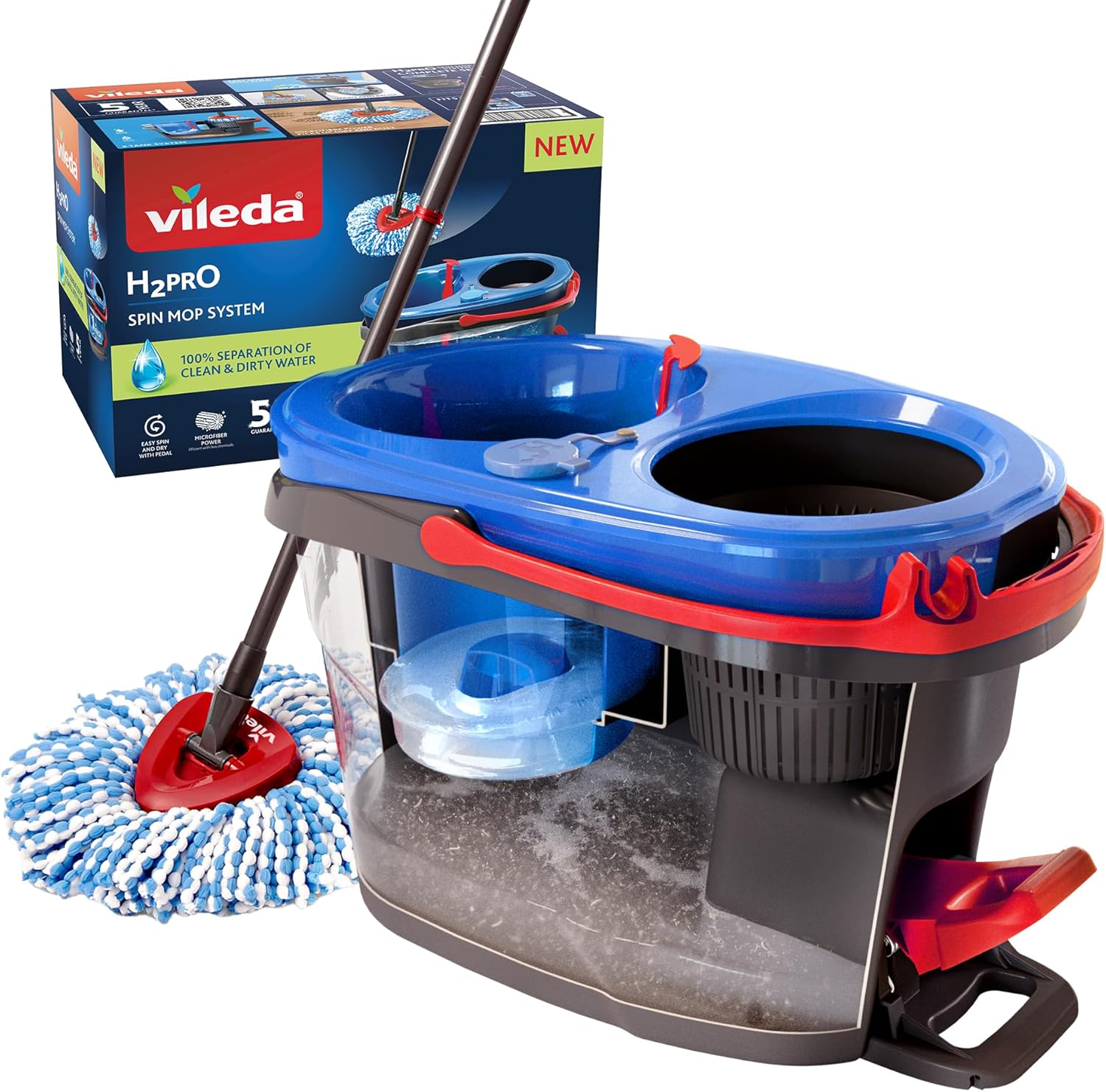
Vileda H2PrO Spin Mop System
|
Identifying Crucial Outdoor Factors That Contribute to Quarry Tile Fading
Quarry tiles installed in outdoor settings are constantly exposed to a relentless array of environmental stressors that gradually degrade their color and texture. Although these tiles are celebrated for their strength and resilience, nature has a way of diminishing even the toughest surfaces over time.
How Does Weather Affect the Visual Appeal of Quarry Tiles?
Among the most significant contributors to fading is the weather, particularly rain and the freeze-thaw cycle. Rainwater can seep into the porous surface of unsealed or poorly sealed tiles, carrying minerals and contaminants that may stain or leach color from the tiles. When temperatures drop, the moisture trapped within the tile expands as it freezes, leading to micro-cracks and surface flaking. This continuous cycle exposes the inner body of the tile, which typically consists of lighter, less pigmented materials, resulting in a duller overall appearance.
What Role Does Surface Wear and Exposure of Inner Layers Play Outdoors?
Quarry tiles are usually designed with a dense outer crust that retains the most vibrant color. As this protective layer wears away—due to foot traffic, abrasion, or natural erosion—the underlying layer becomes visible. This inner layer tends to be rougher and features larger aggregate particles, presenting a lighter, uneven hue. Consequently, this results in a patchy appearance that lacks the original richness and vibrancy of the tile.
How Can Chemical Damage from Outdoor Cleaning Products Impact Quarry Tiles?
Cleaning outdoor surfaces often involves the application of strong chemicals to tackle moss, algae, or grime. Unfortunately, these aggressive solutions can degrade sealers and strip away protective coatings. Once the sealer is compromised, the tile becomes increasingly vulnerable to staining, mineral deposits, and accelerated wear. Over time, this chemical exposure significantly contributes to the fading and dullness of the tile surface.
Analyzing Indoor Factors That Lead to Quarry Tile Fading
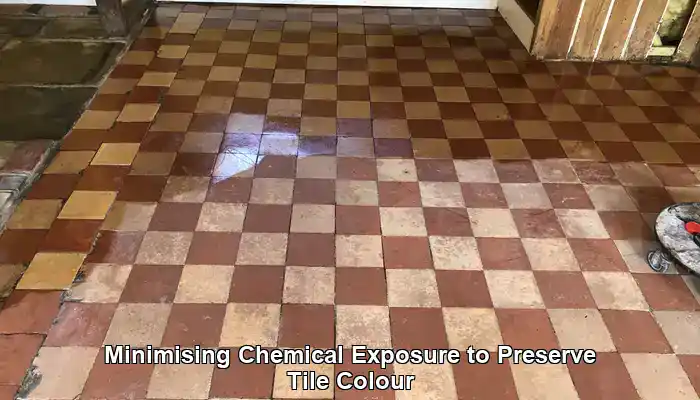
While outdoor quarry tiles face harsh environmental conditions, indoor tiles encounter a different range of challenges that can also result in fading over time. From daily foot traffic to cleaning routines, the fading of indoor quarry tiles is often a gradual and cumulative process driven by wear, surface degradation, and chemical exposure.
What Is the Impact of Abrasive Wear and Loss of Surface Crust Indoors?
Quarry tiles are produced with a dense, pigmented outer crust that imparts their rich color and smooth finish. Indoors, particularly in high-traffic areas such as kitchens, hallways, and commercial spaces, this outer crust gradually diminishes. As the surface erodes, the inner body of the tile becomes more visible. This inner layer typically contains larger mineral particles and is more porous, leading to a noticeable shift in both color and texture. Earth-toned tiles may begin to look mottled or washed out, with lighter patches where the crust has worn thin, diminishing their overall visual appeal.
How Do Surface Pitting and Soil Accumulation Impact Indoor Settings?
As the surface of indoor quarry tiles wears down, micro-abrasions and pits begin to form. These tiny indentations trap soil, grease, and cleaning residues. Over time, the build-up of grime in these micro-pits causes uneven staining and dullness. Even regular cleaning may not effectively eliminate embedded dirt, leading to a faded and blotchy appearance. This situation is particularly common in older floors that have not been adequately sealed or maintained, which exacerbates the fading process.
What Is the Role of Efflorescence and Mineral Migration in Tile Fading?
Efflorescence is another critical factor contributing to indoor tile fading. This phenomenon occurs when moisture trapped beneath the tile migrates upward, bringing soluble salts to the surface. As the moisture evaporates, it leaves behind a white, powdery residue that lightens the tile’s appearance and can cause surface damage. Efflorescence is particularly prevalent in areas with poor subfloor ventilation or where tiles are installed over damp concrete. If not addressed, it can severely degrade the tile’s surface and complicate cleaning efforts.
How Does Chemical Overuse and Breakdown of Sealants Affect Tile Fading?
Indoor cleaning routines often rely on strong chemical agents, especially in commercial or food preparation areas. While these products can effectively remove grease and stains, they can also strip away sealers and protective coatings. Once the sealer is compromised, the tile becomes more porous and prone to staining, wear, and further fading. Acidic or alkaline cleaners can etch the surface, permanently altering its texture and color. Over time, repeated exposure to harsh chemicals accelerates the deterioration of both the tile and its finish.
What Are Essential Maintenance Practices to Preserve the Beauty of Quarry Tiles?
The fading of indoor quarry tiles is often preventable with proper attention and maintenance. Utilizing pH-neutral cleaners, adhering to a regular sealing schedule, and avoiding abrasive cleaning tools can greatly prolong the life and aesthetic appeal of the tiles. For older floors displaying signs of wear, professional restoration—including deep cleaning, re-sealing, and color enhancement—can help restore their original beauty and charm.
Implementing Effective Strategies for Preventing and Reviving Quarry Tiles
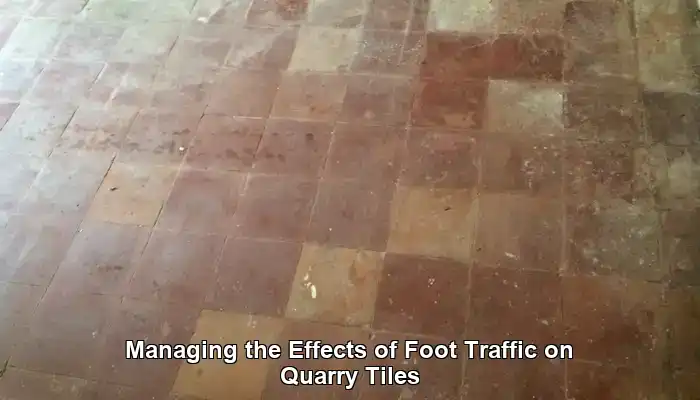
Understanding the causes of fading in quarry tiles is just one aspect of the challenge—the real value lies in knowing how to prevent fading and restore their original allure when wear inevitably occurs. Regardless of whether your tiles are located indoors or outdoors, proactive maintenance and thoughtful restoration practices can significantly extend their lifespan and preserve their rich, earthy character.
Why Is Sealing the Most Effective Defense Against Fading?
One of the most effective methods to prevent fading is through proper sealing. Quarry tiles are inherently porous, and without a protective barrier, they readily absorb moisture, dirt, and chemicals. A high-quality penetrating sealer fills the pores without forming a surface film, allowing the tile to breathe while repelling contaminants. For outdoor tiles, this is especially important to guard against rain, frost, and algae growth. Indoors, sealing helps resist staining from spills, cleaning products, and heavy foot traffic.
Sealers should be reapplied periodically—typically every 1 to 3 years, depending on usage and exposure conditions. A simple water-drop test can help determine when resealing is necessary: if water seeps in rather than beads on the surface, it indicates that it’s time for a refresh.
What Smart Cleaning Practices Should Be Employed to Avoid Harsh Chemicals?
Routine cleaning is essential, but the products selected for this task are crucial. Harsh chemicals, particularly those with acidic or alkaline properties, can degrade sealers and etch the tile surface over time. This can lead to dullness, discoloration, and increased susceptibility to staining. Instead, opt for pH-neutral cleaners specifically formulated for stone or tile surfaces. These cleaning agents effectively lift dirt without compromising the integrity of the tile.
For stubborn grime or efflorescence, use targeted treatments sparingly and always follow up with a thorough rinse. Avoid using bleach, ammonia, and vinegar-based solutions, which may seem effective initially but can result in long-term damage.
What Maintenance Techniques Can Help Preserve Tile Color and Texture?
Regular sweeping and damp mopping are essential practices to prevent soil accumulation and surface abrasion. Utilize soft-bristle brushes or microfiber pads instead of abrasive scrubbers, which can damage the tile’s pigmented surface. In high-traffic areas, consider utilizing rugs or mats to minimize direct wear—especially near entryways or kitchens.
For outdoor tiles, pressure washing should be approached with caution. While it can effectively remove surface dirt, excessive pressure may erode the tile or force water into cracks, worsening freeze-thaw damage. If pressure washing is necessary, ensure the pressure is kept low and the nozzle is held at a safe distance.
How Can Professional Restoration Effectively Revitalize Quarry Tiles?
When fading becomes apparent and routine care is insufficient, professional restoration can produce remarkable results. Restoration specialists utilize a combination of deep cleaning, mechanical resurfacing, and color enhancement techniques to rejuvenate worn tiles.
- Deep cleaning eliminates embedded dirt, grease, and mineral deposits using specialized equipment and solutions.
- Mechanical honing or polishing smooths worn surfaces and restores texture, particularly for indoor tiles that exhibit surface pitting.
- Color enhancement sealers can enrich faded hues, particularly in earth-toned tiles, by deepening the natural pigments without imparting a glossy finish.
In cases of significant wear, restoration may also involve regrouting, tile replacement, or the application of protective coatings tailored to the tile’s specific environment.
What Is the Significance of Developing a Long-Term Care Strategy for Quarry Tiles?
Preventing future fading requires a long-term approach. Establish a maintenance schedule that includes regular inspections, cleaning, and resealing. Educate household members or staff on proper cleaning techniques and the importance of using suitable products. For commercial spaces, consider collaborating with a floor care professional to create a customized plan based on traffic levels and environmental factors.
If your tiles are part of a heritage property or hold historical significance, consult with conservation experts prior to any restoration efforts. Preserving the authenticity of older quarry tiles often requires specialized techniques and materials.
Insights and Answers to Frequently Asked Questions About Quarry Tile Care
Can Faded Quarry Tiles Be Effectively Restored?
Yes, quarry tiles can often be rejuvenated through deep cleaning, resealing, or even professional refinishing techniques, depending on the extent of the fading. Homeowners should explore their options for reviving the beauty of their tiles.
How Often Should Quarry Tiles Be Cleaned?
Regular sweeping should be performed weekly, with more thorough cleaning every few months to maintain their appearance and prevent fading. Establishing a consistent cleaning regimen will help protect their vibrancy.
Are There Specific Sealants Designed for Quarry Tiles?
Indeed, there are specialized sealants formulated specifically for quarry tiles that offer protection against moisture and UV rays, enhancing their longevity and aesthetic appeal. Homeowners should consult professionals for tailored recommendations.
Which Cleaning Products Should Be Avoided on Quarry Tiles?
Avoid using acidic cleaners, harsh chemicals, and abrasive scrubbers, as these can damage the surface and contribute to fading. Instead, choose gentle, tile-safe products.
How Can I Determine if My Quarry Tiles Require Resealing?
If water no longer beads on the surface or the tiles appear dull and stained, it may be time to reseal them. Regular inspections can help maintain optimal protection.
Does Indoor Lighting Affect the Fading of Tiles?
Indirect indoor lighting generally has less impact than UV rays, but prolonged exposure to bright light can contribute to gradual fading. Homeowners should consider their lighting options during space design.
Can I Use a Steam Cleaner on Quarry Tiles?
Steam cleaners may be too harsh for quarry tiles, potentially damaging their surface. It is advisable to follow recommended cleaning methods to maintain their integrity.
Are Certain Quarry Tiles More Prone to Fading Than Others?
Yes, tiles made from lower-quality materials or pigments may fade more rapidly compared to those made from high-quality materials. Homeowners should prioritize quality when selecting their tiles.
Does Foot Traffic Significantly Impact the Lifespan of Quarry Tiles?
High foot traffic can lead to wear and tear, accelerating fading and increasing the need for maintenance. Homeowners should implement strategies to effectively manage foot traffic on their tiles.
Is It Entirely Possible to Prevent Fading in Quarry Tiles?
While completely preventing fading is challenging, regular maintenance, proper sealing, and the selection of quality products can significantly reduce color loss over time.
The article Why Do Some Quarry Tiles Fade Over Time: A Guide was first found on https://www.abbeyfloorcare.co.uk
The Article Quarry Tiles Fade: Understanding the Causes and Solutions appeared first on https://fabritec.org
The Article Quarry Tiles Fade: Causes and Solutions Explained Was Found On https://limitsofstrategy.com

